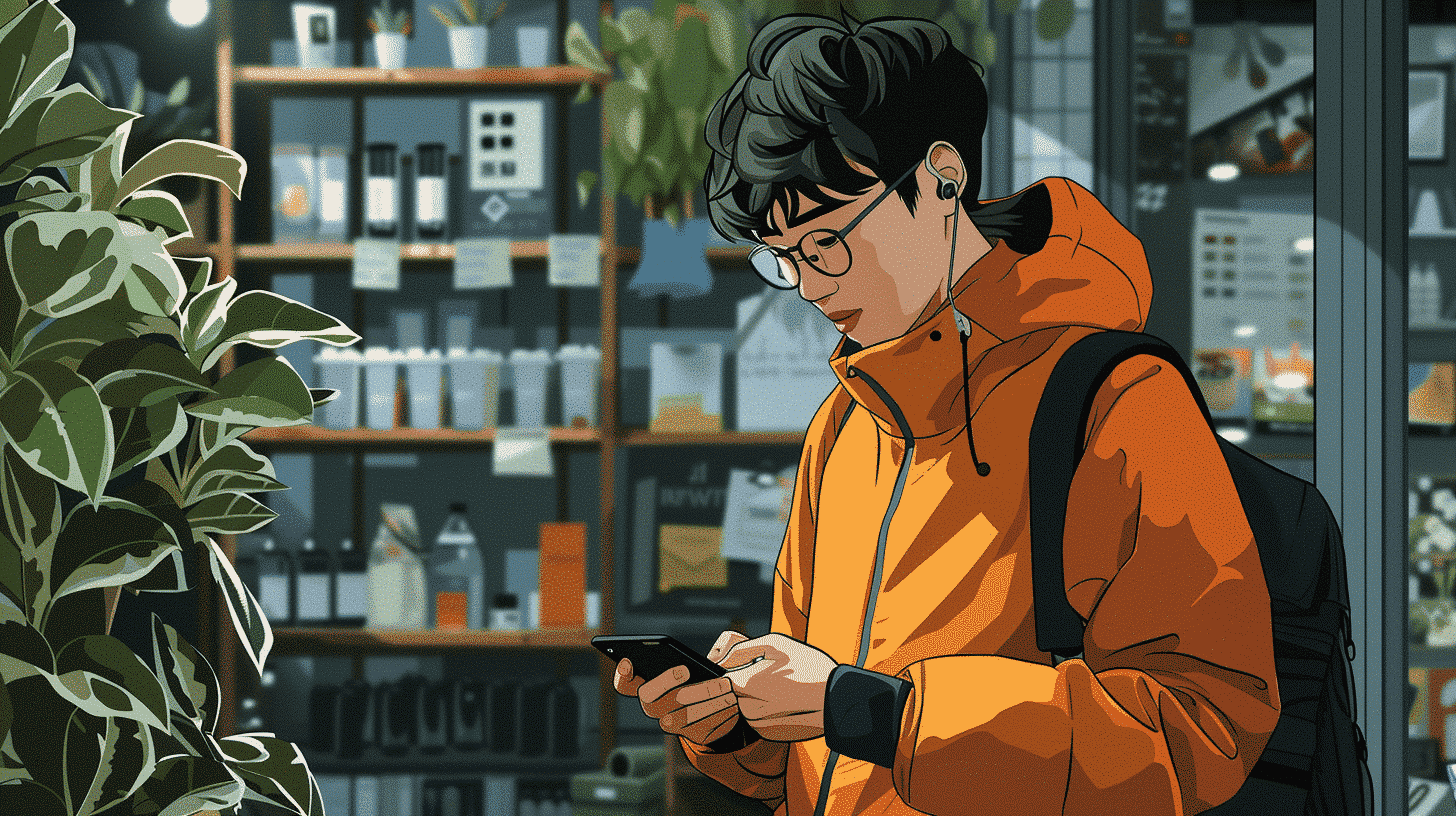The Cultural Significance of Berlin’s Art Fairs
Berlin’s art fairs are not just commercial events; they are cultural phenomena that reflect the city’s creative spirit. Events like Art Berlin, the Berlin Art Week, and the Berliner Liste provide platforms for emerging and established artists to showcase their work. These fairs are characterized by a bustling atmosphere where art enthusiasts, curators, and dealers interact, exchange ideas, and conduct business.
For language learners, participating in these fairs can be a gateway to understanding contemporary German culture. The vocabulary and expressions used in this context are specific and often differ from everyday language, making it an ideal setting for expanding one’s linguistic repertoire.
Key Vocabulary for Art Fairs
To navigate Berlin’s art fairs effectively, it is essential to familiarize oneself with specific German vocabulary related to art and exhibitions. Here are some key terms:
– Die Kunst (Art)
– Das Kunstwerk (Artwork)
– Der Künstler / Die Künstlerin (Artist)
– Die Galerie (Gallery)
– Die Ausstellung (Exhibition)
– Das Gemälde (Painting)
– Die Skulptur (Sculpture)
– Die Vernissage (Opening)
– Der Kurator / Die Kuratorin (Curator)
– Das Publikum (Audience)
Being familiar with these terms can significantly enhance your understanding and participation in conversations at art fairs. Additionally, these words often appear in promotional materials, exhibition guides, and catalogs.
Engaging in Conversations
Art fairs are social events where conversations flow freely. Engaging in discussions about art can be both enjoyable and educational. Here are some useful phrases and questions to help you start and sustain conversations:
– Was halten Sie von diesem Kunstwerk? (What do you think of this artwork?)
– Wer ist der Künstler? (Who is the artist?)
– Können Sie mir mehr über diese Ausstellung erzählen? (Can you tell me more about this exhibition?)
– Welche Techniken hat der Künstler verwendet? (What techniques has the artist used?)
– Ich finde dieses Gemälde faszinierend. Warum hat der Künstler diese Farben gewählt? (I find this painting fascinating. Why did the artist choose these colors?)
Using these phrases not only helps in improving language skills but also provides deeper insights into the artworks and the artists’ intentions.
The Role of Context in Language Learning
Learning a language in context significantly enhances retention and understanding. Art fairs, with their specific terminology and lively interactions, offer a contextual learning environment that can be highly beneficial. Here’s why context matters:
Enhanced Vocabulary Retention
When you learn new words and phrases in a meaningful context, such as discussing a piece of art, your brain creates stronger associations. For instance, seeing the word “Gemälde” while looking at a painting helps you remember it better than memorizing it from a list.
Cultural Immersion
Language and culture are deeply intertwined. By participating in art fairs, you not only learn the language but also gain insights into German culture, values, and artistic expressions. This cultural immersion enriches your language learning experience.
Real-Life Communication Skills
Art fairs provide a platform for real-life interactions. Engaging in spontaneous conversations with artists, curators, and other attendees helps improve your speaking and listening skills. It also builds your confidence in using the language in various social settings.
Practical Tips for Language Learners at Art Fairs
To make the most out of your visit to Berlin’s art fairs, consider these practical tips:
Prepare in Advance
Before attending an art fair, do some research on the participating artists, galleries, and exhibitions. Familiarize yourself with the key vocabulary and phrases mentioned earlier. This preparation will help you feel more confident and engaged during the event.
Take Notes
Carry a notebook or use a notes app on your phone to jot down new words, phrases, and interesting observations. Reviewing these notes later will reinforce your learning and help you remember important details.
Engage with Locals
Don’t be afraid to strike up conversations with locals. Most people at art fairs are passionate about art and are usually open to discussing their views. Engaging with native speakers is one of the best ways to improve your language skills.
Join Guided Tours
Many art fairs offer guided tours in German. Joining a tour can provide you with valuable insights into the artworks and exhibitions while also giving you the opportunity to practice listening and comprehension skills.
Attend Workshops and Talks
Art fairs often feature workshops, panel discussions, and artist talks. These events provide additional learning opportunities and expose you to different perspectives and terminologies.
Reflecting on Your Experience
After attending an art fair, take some time to reflect on your experience. Consider the following:
Language Learning Progress
Reflect on the new words and phrases you learned. How effectively were you able to use them in conversations? Identify areas where you felt confident and areas where you need improvement.
Cultural Insights
Think about the cultural aspects you observed. What did you learn about German art and culture? How did these insights enhance your understanding of the language?
Personal Connections
Consider the connections you made. Did you meet any interesting people? How did these interactions contribute to your language learning journey?
Conclusion
Berlin’s art fairs offer a rich and immersive environment for language learners. By engaging with the art and the people, you can enhance your vocabulary, improve your communication skills, and gain deeper cultural insights. Whether you are a beginner or an advanced learner, these events provide invaluable opportunities to practice and refine your German language skills. So, next time you find yourself in Berlin, don’t miss the chance to explore the city’s vibrant art scene and take your language learning to new heights.









